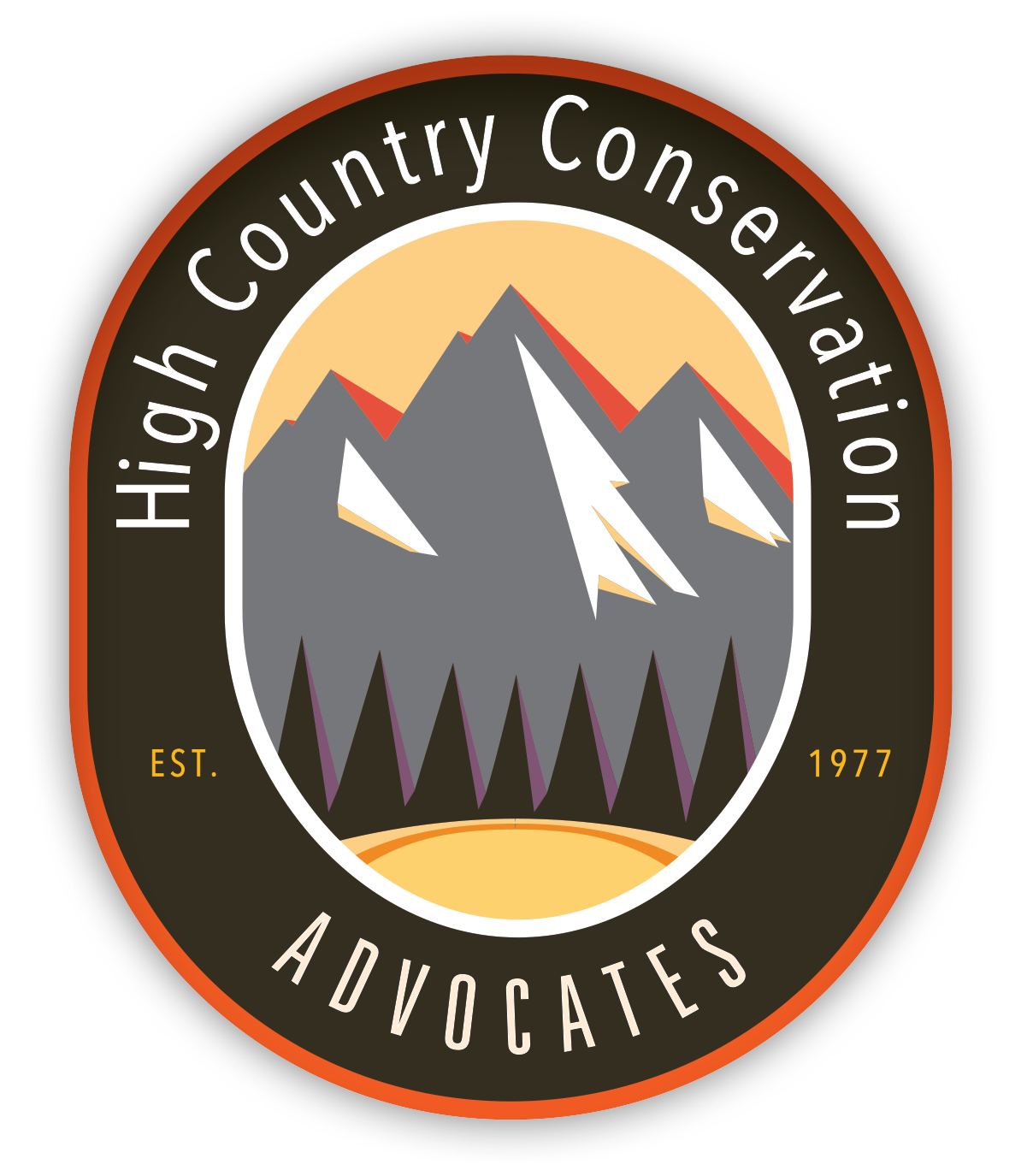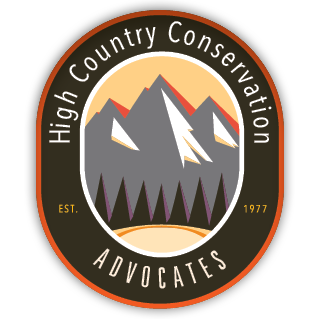Outstanding Waters Designated in the Gunnison Basin
Upper Taylor River
On June 14, the Colorado Water Quality Control Commission designated the headwaters of the Taylor River and lower Soap Creek as “Outstanding Waters,” a label that will protect the water quality of the stream reaches for future generations.
During its June rulemaking hearing, the state commission voted to protect 25 of the 26 stream segments proposed — encompassing 520 river miles throughout the Animas, Gunnison, San Juan, San Miguel and the Upper Dolores basins. The proposal, three years in the making, was created by the Southwest Colorado Outstanding Waters Coalition, a group of stakeholders and organizations from across the state, to conserve the segments’ exceptionally high water quality and the benefits they provide for wildlife and communities throughout southwestern Colorado.
Through the Clean Water Act, the state can designate a waterway as “outstanding” to protect it from actions that would permanently degrade the water quality such as mining, road development and oil and gas extractions.
The commission reviews each river basin across the state for new designations every three years. The process to nominate a stream is rigorous, and includes year-round water sampling, data analysis and evaluation and widespread public outreach.
A stream must meet three main criteria to qualify as outstanding. First it must have either exceptional recreational or ecological significance. Examples include Gold Medal fisheries as well as waters within national parks and monuments. Nominees must also need additional protections from the state to maintain existing quality, and meet water quality standards that support aquatic life, recreation and domestic water supply use — requiring measurements of pH levels, dissolved oxygen, E. coli, metals and other trace elements.
“The Outstanding Waters designation acknowledges the high water quality that currently exists and then sets the standard for how it will be in the future,” said Kestrel Kunz, a local stewardship director for American Whitewater, an organization that’s part of the coalition.
The new designations have important implications for recreation and ecology at Soap Creek as well as the Upper Taylor above the reservoir, Kunz said. Italian Creek, one of the Upper Taylor’s tributaries, is habitat for Colorado River cutthroat trout, and the Taylor River itself has unique high alpine paddling opportunities. Downstream, Soap Creek, which flows into Blue Mesa Reservoir, is prized for its fly fishing and has abundant benthic macroinvertebrates.
Gunnison resident Kit Davidson wrote in support of the Upper Taylor’s designation — an “incredible section of river” that excels in scenic value as it flows off the backside of the Collegiate Peaks, with water that runs clear even at high flows. Davidson said the quality of boating through this stretch is also very high due to countless moves and sections of whitewater.
“It is a great learning piece of whitewater, as it lacks dangerous or threatening sections, but requires skill, patience and tenacity to navigate safely,” he said. “Finally, there are multiple access points allowing for paddling trips anywhere from 3 miles to 10 miles. The flexibility, combined with the high quality character, and high quality water, makes this run in rare company against other Basin streams.”
In addition to the Upper Taylor and Soap Creek, designations within the Gunnison Basin include Big and Little Dominguez, Escalante, Roubideau and Potter creeks. Kunz said this is the first time the commission has acknowledged recreation as an outstanding natural resource value.
Outstanding designations also make stream segments a much stronger candidate for grant programs, said Julie Nania, of Crested Butte’s High Country Conservation Advocates (HCCA), another coalition member.
“Once a watershed is identified as outstanding waters, that’s a really compelling argument in a range of different grant applications for restoration work in certain basins,” Nania said.
Overall, the successful proposal took an army of data gathering across the Gunnison Basin over the course of two years, she said. The sampling was divided amongst numerous groups including HCCA, American Whitewater, the National Park Service and the Mountain Studies Institute, non-profit mountain research and education center based in Silverton, Colorado.
The proposal itself was built from the ground up, created by local groups and then supported by statewide and even national organizations like American Rivers. The nonprofit has continued to push for streams with exceptional water quality for the “health of the communities, ecosystems, and economies connected to it,” wrote Mike Fiebig, director of the Southwest River Protection Program.
Despite unprecedented wildfires and drought throughout the region, the state will ensure that these rivers don’t become degraded, he said.
“It’s a great reminder that we have streams that still exist in these very stressed systems that are exceptional, intact and have great clean water for people and wildlife,” Fiebig said. “And we can still keep them that way.”


